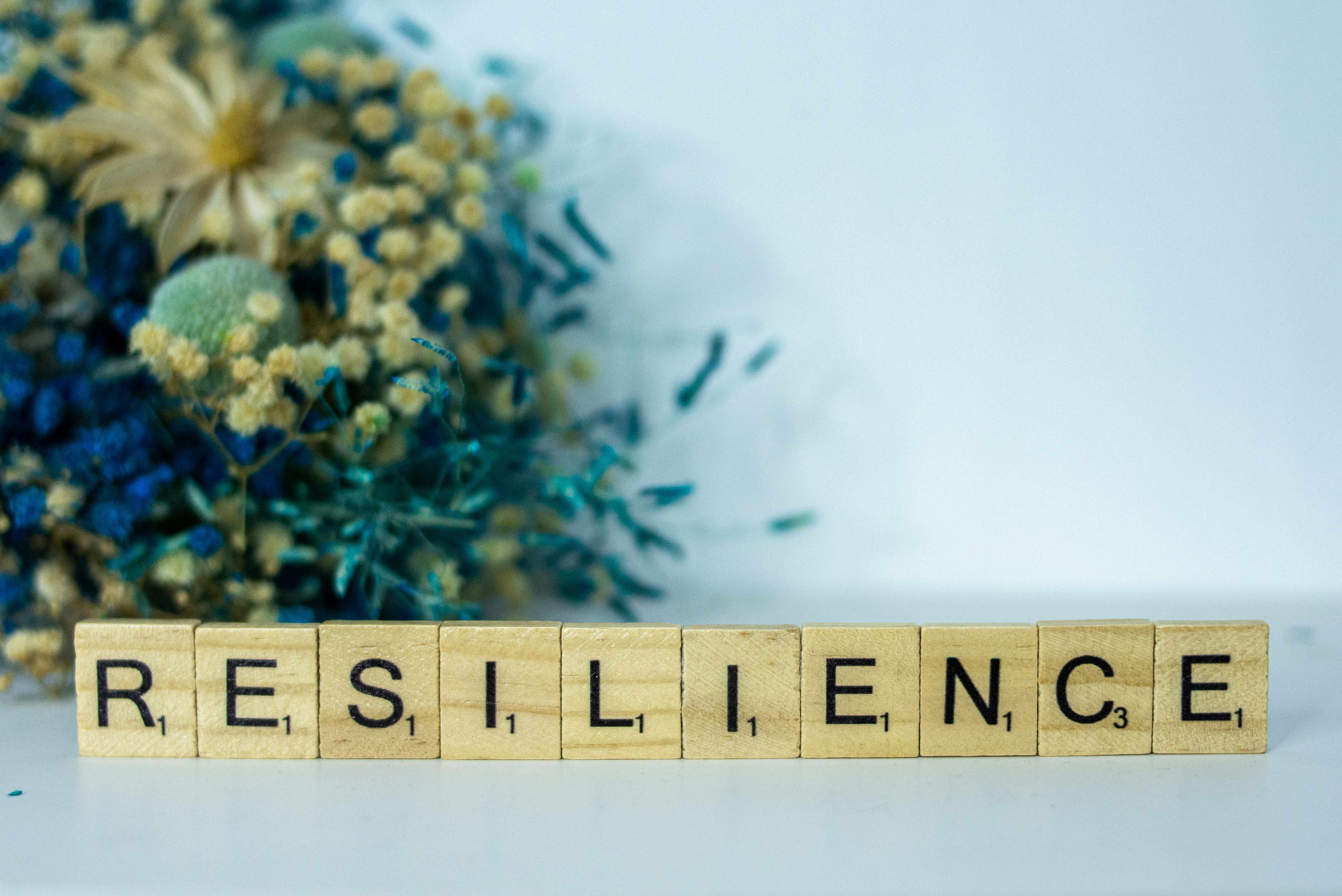The Power of Resilience: A New Perspective on Society's Backbone
Resilience: it's a buzzword in today's society, and for a good reason. As we navigate an increasingly complex and evolving world, the ability to bounce back is more critical than ever. Read below as we delve into the importance of resilience, its different facets and how it is shaping our society.

Resilience: Not Just a Personal Trait
The conventional understanding of resilience often frames it as an individual character trait - the ability to withstand or recover quickly from difficult conditions. However, increasingly, resilience is being recognized as a community or societal trait. Resilient communities are better equipped to handle crises, whether they are natural disasters, economic turmoil, or social unrest.
A Collective Effort
Consider the importance of resilience in the context of the COVID-19 pandemic. The communities that were able to bounce back quicker were those where members banded together to support each other. They showed collective resilience, sharing resources, supporting local businesses, and adhering to safety measures for the benefit of all. This highlights the importance of a collective approach to resilience, rather than viewing it as a purely individual trait.
The Power of Resilient Infrastructure
Apart from resilience in individuals and communities, another aspect that is gaining attention is the role of resilient infrastructure. A resilient infrastructure system can absorb shocks and stresses and still maintain function. For instance, cities with robust healthcare systems and digital connectivity were better prepared to handle the challenges posed by the pandemic.
Resilience as a Policy Priority
Recognizing the importance of resilience, policymakers are increasingly incorporating it into their strategies and plans. Resilience is becoming a policy priority, particularly in areas like urban planning, disaster management, and public health. Building resilience can help societies not just survive, but thrive in the face of adversity.
Building Resilience: A Holistic Approach
Building resilience is a multifaceted task that requires a holistic approach. It involves not just strengthening our physical infrastructure but also fostering resilience in individuals and communities. Encouraging social connections, promoting mental health, and cultivating a culture of mutual support are just as important as upgrading our infrastructure.
- Resilience is moving beyond the realm of individual character trait and taking center stage as a critical aspect of community life and infrastructure.
- The COVID-19 pandemic highlighted the importance of a collective approach to resilience.
- Policymakers are now considering resilience as a policy priority in various sectors.
- Building resilience requires a holistic approach that involves strengthening physical infrastructure and fostering individual and community resilience.
In conclusion, as we grapple with an evolving world fraught with challenges, resilience emerges as society’s backbone. It’s a trait that we need to cultivate, both at the individual and collective levels. A resilient society is not just one that can withstand shocks, but one that can adapt, evolve, and thrive amidst adversity. Integrating resilience into our communities, infrastructure, and policies is the way forward as we navigate these uncertain times.




